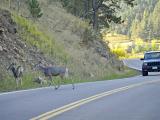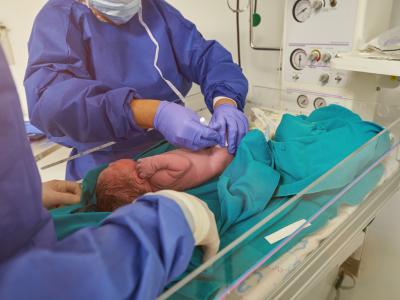The Center for Infectious Disease Research and Policy (CIDRAP) at the University of Minnesota today published a comprehensive, state-of-the-art report aimed at improving surveillance, research, and response to a potential chronic wasting disease (CWD) spillover from cervids such as deer to people or farm animals.
The report, "Chronic Wasting Disease Spillover Preparedness and Response: Charting an Uncertain Future," identifies gaps in spillover preparedness and offers recommendations to support public and animal health agencies' ability to recognize and respond to a species jump.
This effort is the first of its kind and expands on consensus reports, such as one recently posted by the National Academies of Sciences, Engineering, and Medicine, by exploring the potential for spillover and the mitigation of the related health and economic consequences.
CWD, which affects cervids such as white-tailed deer, elk, and moose, is caused by prions, infectious proteins that trigger abnormal folding in normal proteins, especially in the central nervous system. Infected animals shed CWD prions in body fluids, which can spread to other cervids through direct contact or via the environment. First identified in 1967 in Colorado, CWD has now been identified in 35 US states, Canada, Finland, Norway, South Korea, and Sweden.
CIDRAP publishes CIDRAP News, but its research and news staff operate independently from each other.
Preparing for 'the day after'
While no human CWD cases have been identified, increasing disease prevalence in cervids boosts the odds of spillover into people, other wildlife, and livestock. "Emerging prion strains with a greater propensity for cross-species transmission could heighten these concerns," the report said. "In addition to human health risks, CWD spillover could have far-reaching effects on the food supply, economy, global trade, and agriculture."





















